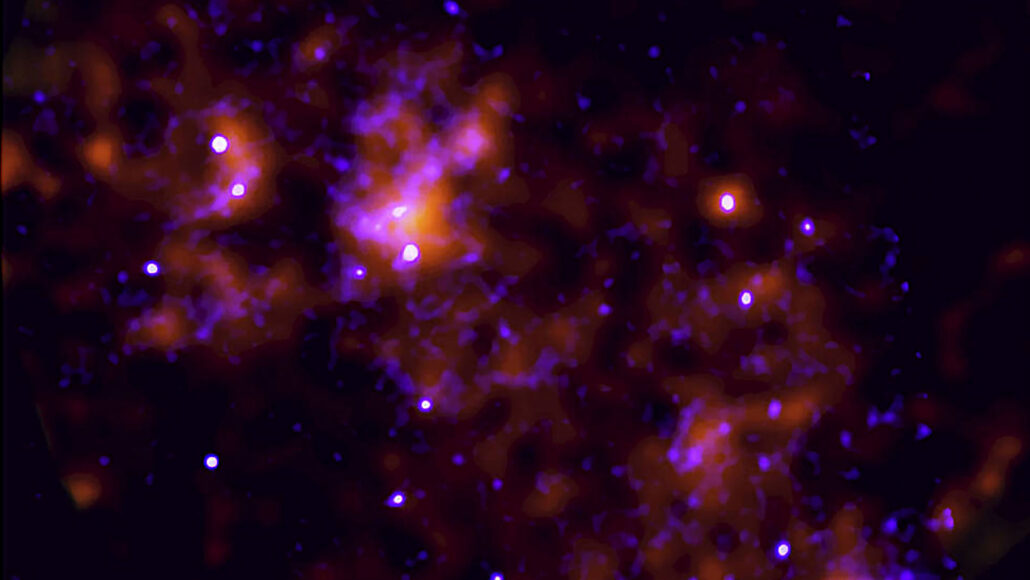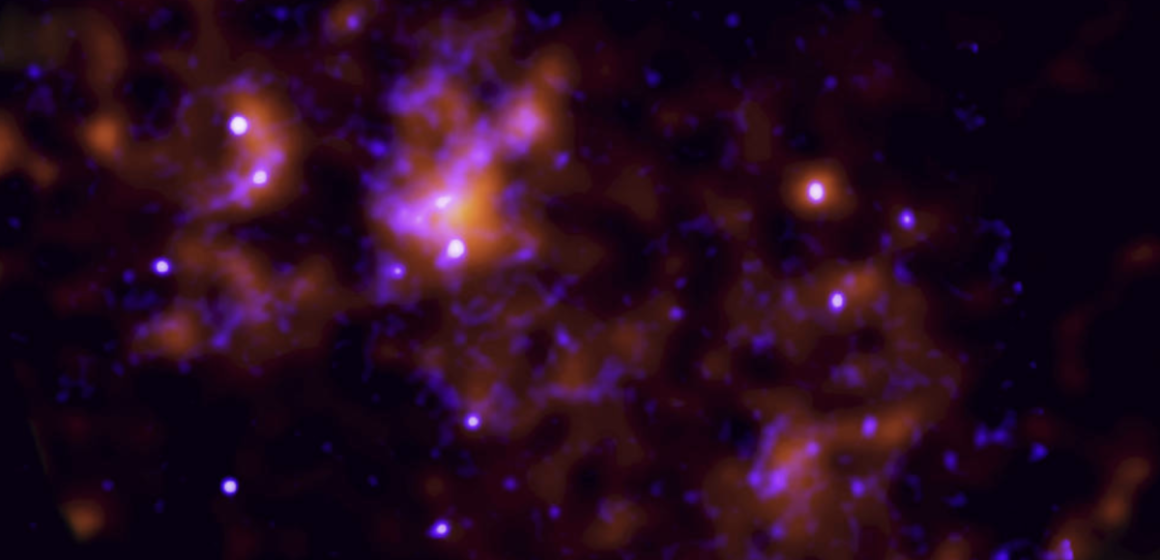
The supermassive black hole at the center of our Milky Way galaxy “woke up” 200 years ago and swallowed space debris around it.
Sagittarius A*, located at the center of the Milky Way, is more than 25,000 light-years from Earth and is the closest supermassive black hole to us, millions of times the mass of our Sun.
It is generally much less luminous than other black holes at the centers of galaxies that we can observe, meaning that the Milky Way’s central black hole has not been actively absorbing material around it.
But new evidence from NASA’s Imaging X-ray Polarimetry Explorer (IXPE) telescope suggests that the ancient sleeping giant woke up about 200 years ago.
Read more: The mysterious ‘rogue planet’ may be even stranger than we thought
Scientists called IXPE for a closer look when previous X-ray studies found relatively recent X-ray emissions from giant clouds of gas in its vicinity.
Given that most cosmic clouds, called molecular clouds, are cold and dark, the X-ray signatures of these clouds should be weak. Instead, they shone brightly.
Frédéric Marin, an astronomer at the Astronomical Observatory of Strasbourg in France, said: “One scenario for why these giant molecular clouds shine is that they are actually reflecting a long-gone flash of X-ray light, indicating that our supermassive black hole is not was so still a few centuries ago.”
“The polarization angle acts like a compass, pointing us to the mysterious, long-lost light source,” said Riccardo Ferrazzoli, an astrophysicist at the Italian National Institute of Astrophysics in Rome. “And what lies in that direction? None other than Sagittarius A*.”
Analyzing the data, the team determined that the X-rays from the giant molecular clouds were reflected light from an intense, short-lived flare produced in or near Sagittarius A*, possibly caused by the black hole’s sudden absorption of nearby material.
The data also helped the researchers estimate the brightness and duration of the initial eruption — suggesting the event occurred about 200 Earth years ago, or roughly around the turn of the 19th century.
The team’s next goal is to repeat the observation and reduce the uncertainty of the measurement, said Steven Ehlert, an IXPE project scientist at NASA’s Marshall Space Flight Center in Huntsville, Alabama.

